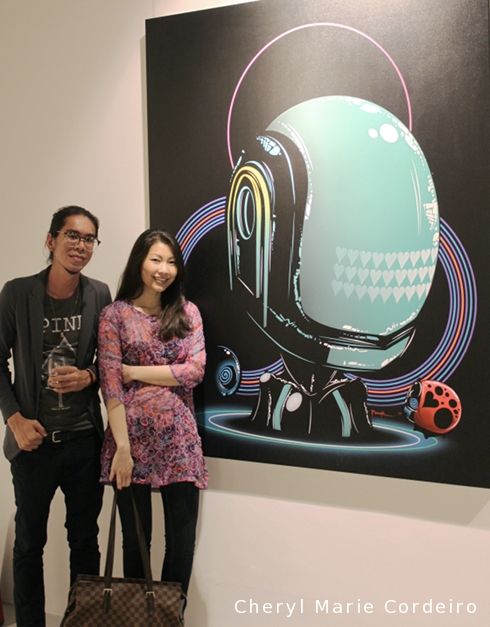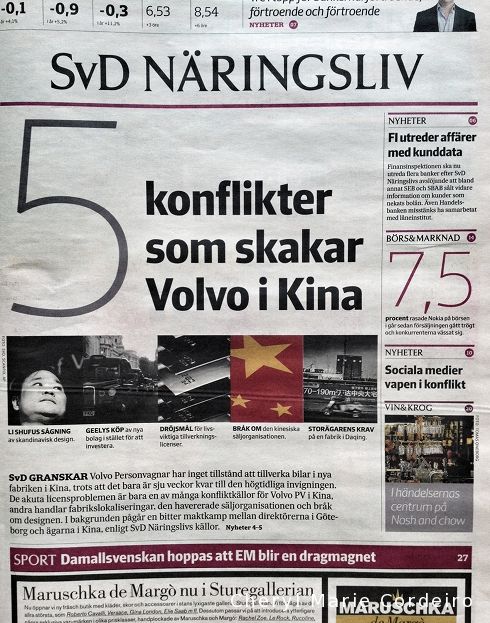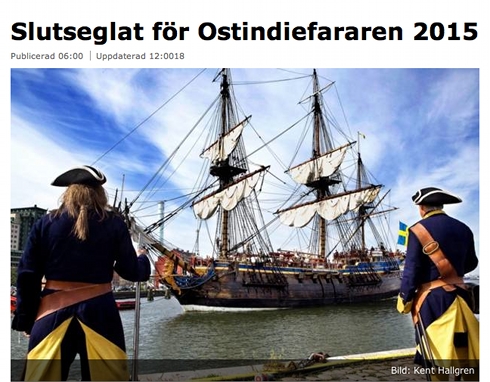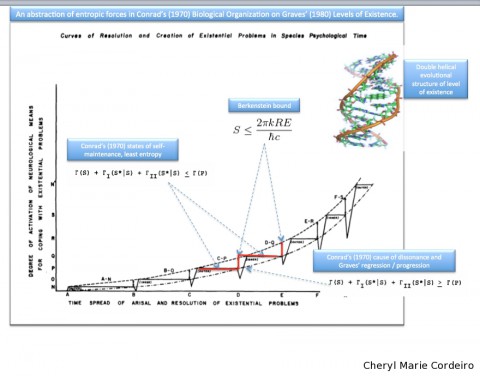The fika break is a Swedish near holy opportunity to stay tuned in on what is really going on.
Text & Photo © CM Cordeiro 2013
It was 2004.
We were sitting in the canteen of the main administrative building. The canteen was located on the higher floors, with high ceilings and large windows that overlooked three other buildings with chimneys billowing smoke. Continue reading ”With ears to the ground”








